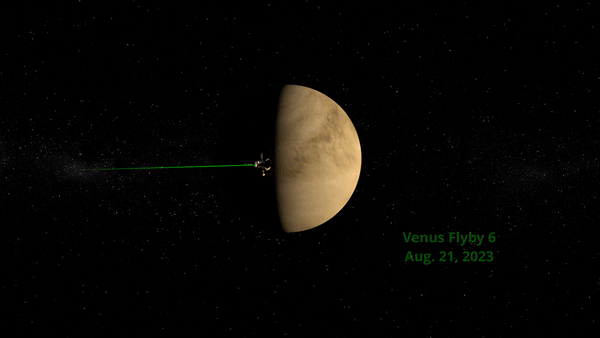NASA’s Parker Solar Probe completed its 17th close approach to the Sun on Sept. 27, 2023, breaking its own distance record by skimming just 4.51 million miles (7.26 million kilometers) from the solar surface.
Set up by a gravity-assist flyby of Venus on Aug. 21, the close approach (known as perihelion) occurred at 7:28 p.m. EDT, with Parker Solar Probe moving 394,736 miles per hour (635,266 kilometers per hour) around the Sun – another record. The milestone also marked the midway point in the mission’s 17th solar encounter, which began Sept. 22 and continues through Oct. 3.

The spacecraft entered the encounter in good health, with all systems operating normally. Parker Solar Probe is scheduled to check back in with mission operators at the Johns Hopkins Applied Physics Laboratory in Laurel, Maryland – where the spacecraft was also designed and built – by sending a stream of telemetry (status data) on Oct. 1.
The spacecraft will transmit science data from the encounter – largely covering the properties, structure, and behavior of the solar wind as it launches off the Sun – back to Earth from Oct. 4 – 19.
By Michael Buckley
Johns Hopkins Applied Physics Laboratory
